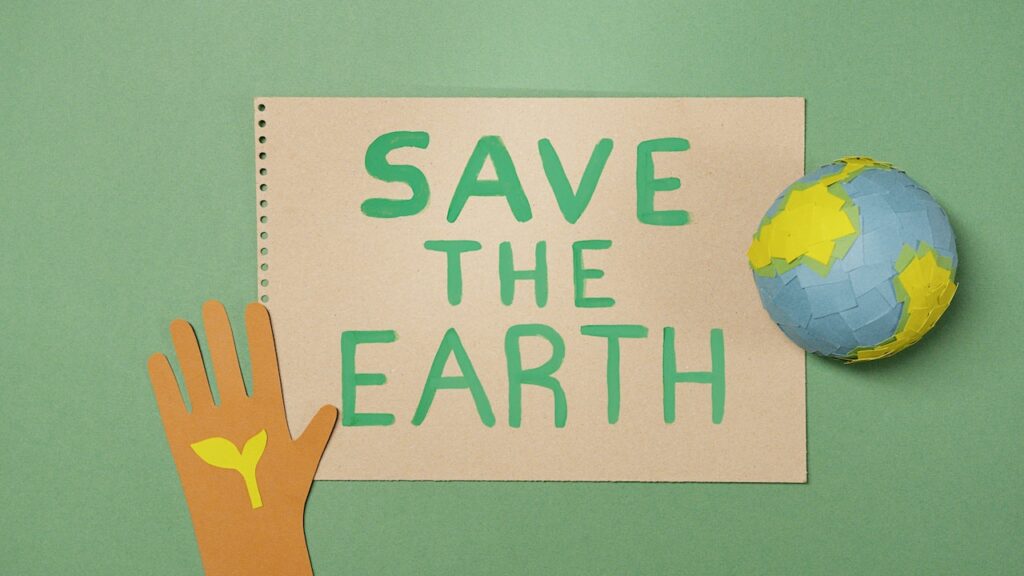
Environmental Impact Assessment (EIA) is a critical process that evaluates the potential environmental, social, and economic impacts of proposed development projects. It serves as a valuable tool to ensure that development activities are carried out in a manner that minimizes harm to the environment and maximizes sustainable outcomes. In this article, we will delve into the concept of Environmental Impact Assessment, its importance, the key components of the process, and the role of environmental journalists in promoting transparency and accountability.
Understanding Environmental Impact Assessment
Environmental Impact Assessment is a systematic process that identifies and predicts the potential impacts of proposed projects or activities on the environment. It involves assessing both the direct and indirect consequences of development, considering factors such as land use, air and water quality, biodiversity, and social well-being. EIA provides a comprehensive understanding of the potential impacts to inform decision-making and promote sustainable development.
The Importance of Environmental Impact Assessment
Environmental Impact Assessment serves several crucial purposes. It helps decision-makers identify potential environmental risks and explore alternatives that minimize harm. EIA also encourages public participation, ensuring that affected communities have a voice in the decision-making process. Furthermore, it promotes transparency, accountability, and responsible resource management, fostering a balance between development and environmental conservation.
Key Components of Environmental Impact Assessment
The EIA process typically involves several key components, including scoping, baseline studies, impact assessment, mitigation measures, and monitoring. Scoping determines the scope and boundaries of the assessment, while baseline studies establish the existing environmental conditions. Impact assessment evaluates potential impacts, both positive and negative, on various aspects of the environment. Mitigation measures aim to minimize adverse impacts, and monitoring ensures the ongoing evaluation and enforcement of environmental commitments.
Environmental Journalists’ Role in EIA
Environmental journalists play a crucial role in the EIA process by promoting transparency, accountability, and public awareness. They can investigate and report on proposed development projects, their potential impacts, and the adequacy of environmental assessments. Journalists can also raise awareness about the importance of public participation in decision-making, ensuring that the voices of affected communities are heard and considered. Through their reporting, journalists can hold authorities and developers accountable for adhering to environmental commitments.
Challenges and Opportunities
EIA faces challenges in its implementation, including inadequate enforcement, lack of stakeholder engagement, and limited consideration of cumulative impacts. Environmental journalists can shed light on these challenges and advocate for improvements in the EIA process. They can also highlight success stories where robust assessments have led to sustainable outcomes, inspiring others to prioritize environmental considerations in development projects.
Strengthening Environmental Impact Assessment
To enhance the effectiveness of EIA, it is essential to strengthen legal frameworks, ensure robust enforcement, and invest in capacity building for professionals involved in the process. Environmental journalists can play a vital role in advocating for these improvements, raising awareness about the need for rigorous assessments, and fostering public understanding and support for sustainable development practices.
Conclusion
Environmental Impact Assessment is a valuable process that allows decision-makers to make informed choices, balancing development aspirations with the need to protect the environment. Environmental journalists have a crucial role in promoting transparency, accountability, and public participation in the EIA process. By investigating, reporting, and advocating for robust assessments, journalists can contribute to sustainable development practices that prioritize environmental conservation, social well-being, and economic prosperity. Let us recognize the significance of Environmental Impact Assessment and work together to ensure its effective implementation for a more sustainable future.